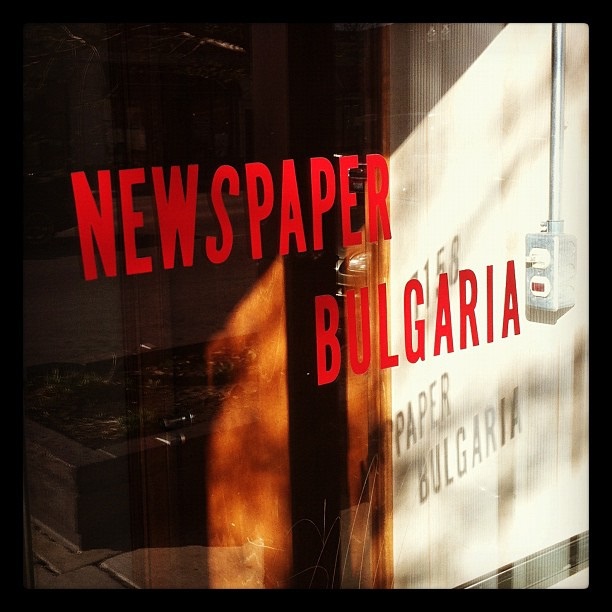Neue Zürcher Zeitung, Jul.18, 2003
German and Dutch regional newspapers examined
In almost all the world, regional subscription newspapers are in danger: an increasing supply of information, the competition from new media and the changed media usage and leisure behaviour of the public have led to decreasing circulation.
In this situation the study of Constanze Hess is very relevant. She attained a doctorate at the University of Amsterdam with a piece of research which systematically investigates the readership marketing of regional newspaper publishers in Germany and in the Netherlands. She ultimately wanted to find out which strategies and instruments contribute to the circulation success of regional dailies. Do publishing houses mostly strive to win new customers, or do they increase their efforts to keep already existing readers in saturated markets and under growing pressure from competition? How “brand-consciously” do the publishing houses act? Where competition exists, are price, communication policies or product quality the means to beat the rival? Which role is played by market research?
Hess wrote to 89 people in charge of marketing in regional dailies altogether – 64 from Germany and 25 from the Netherlands. How marketing is embodied in publishing houses from an organisational point of view already allows us, according to the author, to draw conclusions as to its meaning. Only 30 per cent of the examined publishing houses demonstrated a marketing-oriented form of organisation, just as many were predominantly “geared towards editorship” – a situation in which very few newsrooms would think in a marketing-oriented fashion or by no means “know best, what readers want”. Nevertheless nearly half of the publishing houses (45 per cent) had a strategic marketing plan. Only a few newspapers segmented their readership market. 71 per cent operated “undifferentiated marketing” and addressed their marketing-mix to the entire readership market; only 29 per cent worried about specific target groups.
In the years between 1995 and 2000, 87 per cent of the newspapers extended their editorial offer. A “disproportionately high expenditure” was made to gain readers: rather neglected however were programmes for customer bonding, which only one quarter of the publishing houses had. Most newspaper publishers pursued a “high-price strategy”. In the five-year investigation period, subscription fees were raised on average by 20 per cent, the prices for kiosk and street sales by as much as 24 per cent. Money tends to be saved on market research. On-line activities were defensively “lined up against potential competitors”; the idea of using the Internet “actively as a marketing tool had not yet become generally accepted”. In short, Hess draws the conclusion that “marketing-oriented thinking in the year 2000 did not play a key role in the publishing houses examined”.
Newspapers in competition more quality-oriented
The considerations on how customer orientation and marketing differ under conditions of monopoly and competition, can nearly be read as if they had been written for an economics text book: “newspapers in situations of competition were generally organised in a marketing-oriented fashion, whereas those in monopolies were rather aligned with editorial offices”. Competition-condition newspapers saw “many opportunities for market research” and also examined “numerous different contents”, while those in monopolies behaved “rather reservedly in this area”. Moreover: “competition newspapers more frequently pursued a quality strategy than monopoly newspapers.” Lastly, Hess can show that coordinated marketing activities are reflected in the circulation success of newspapers. Hess reasons with the sceptics in newsrooms: “Editorial autonomy does not oblige anyone to act alone”, it neither forbids coordinating editorial activities with marketing, nor does it oppose “orientation towards the needs of the readers”.
Constanze Hess: Determinanten im Lesermarketing regionaler Tageszeitungen in Deutschland und den Niederlanden, Academisch Proefschrift, Universität Amsterdam 2002.









































